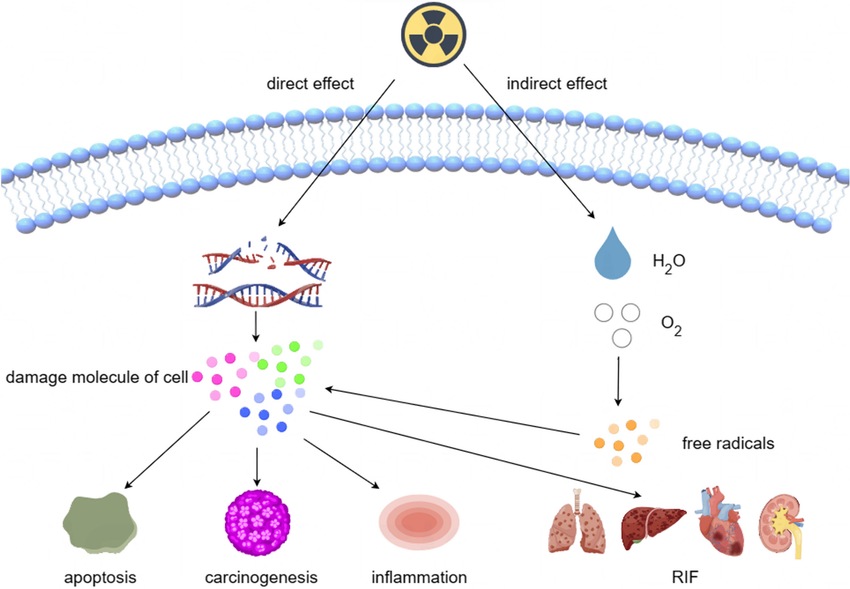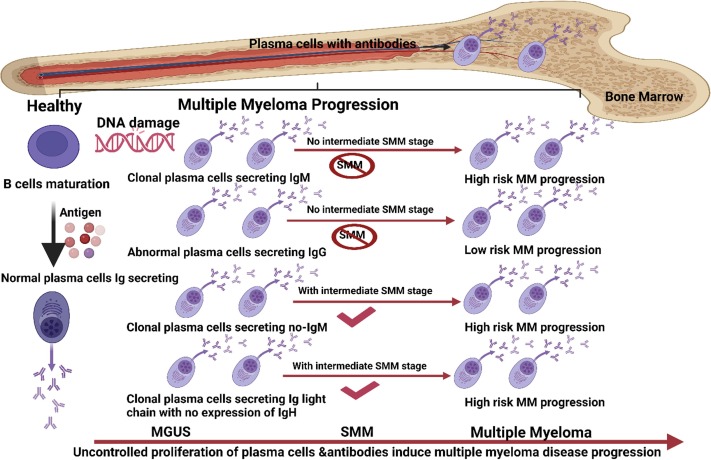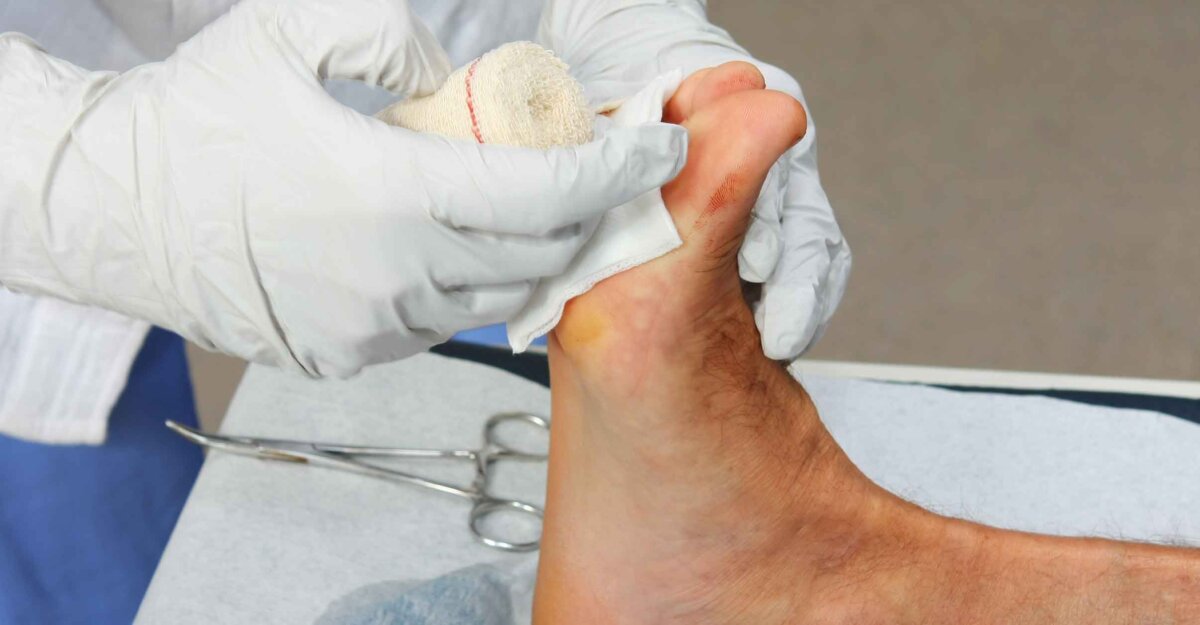
Etiology, Morphology, Grading, Pathogenesis and Clinical Features of Alcoholic Steatohepatitis and Non-Alcoholic Steatohepatitis
Alcoholic Steatohepatitis (ASH)
- Etiology: ASH is primarily caused by excessive alcohol consumption. The risk factors include the amount and duration of alcohol intake, genetic predisposition, nutritional deficiencies, and coexisting liver diseases. Chronic alcohol consumption leads to an imbalance between lipid synthesis and degradation in the liver.
- Morphology: Histologically, ASH is characterized by steatosis (fat accumulation), ballooning degeneration of hepatocytes, inflammatory cell infiltration (predominantly neutrophils), and the presence of Mallory-Denk bodies (aggregates of damaged cytokeratin). In severe cases, fibrosis can develop.
- Grading: ASH can be graded based on histological findings. The grading system often considers the degree of steatosis (mild, moderate, severe), inflammation (portal vs. periportal), and hepatocyte ballooning. A common grading scale includes a score from 0 to 4 for each parameter.
- Pathogenesis: The pathogenesis involves several mechanisms including oxidative stress due to ethanol metabolism leading to lipid peroxidation, increased fatty acid synthesis, impaired fatty acid oxidation, and mitochondrial dysfunction. These processes result in hepatocyte injury and inflammation.
- Clinical Features: Patients may present with symptoms such as jaundice, abdominal pain, nausea, vomiting, and signs of liver failure in advanced cases. Laboratory tests typically show elevated liver enzymes (AST > ALT) and bilirubin levels. In severe cases, complications like cirrhosis or hepatic encephalopathy may occur.
Non-Alcoholic Steatohepatitis (NASH)
- Etiology: NASH is associated with metabolic syndrome components such as obesity, type 2 diabetes mellitus, dyslipidemia, and hypertension. It occurs in individuals without significant alcohol consumption but with similar risk factors that lead to fat accumulation in the liver.
- Morphology: Similar to ASH but without the presence of alcohol-related changes. Histological features include steatosis (>5% fat in hepatocytes), ballooning degeneration of hepatocytes, lobular inflammation with lymphocytic infiltration, and varying degrees of fibrosis.
- Grading: NASH grading often utilizes the NAFLD Activity Score (NAS) which assesses steatosis grade (0–3), lobular inflammation grade (0–3), and ballooning degeneration grade (0–2). The total score helps determine disease severity.
- Pathogenesis: The pathogenesis involves insulin resistance leading to increased lipolysis from adipose tissue resulting in free fatty acids entering the liver. This triggers oxidative stress and inflammatory pathways contributing to hepatocyte injury.
- Clinical Features: Patients may be asymptomatic or present with fatigue or discomfort in the right upper quadrant. Laboratory tests reveal elevated transaminases; imaging studies may show hepatic steatosis. Progression can lead to cirrhosis or hepatocellular carcinoma.
Etiology, Morphology, Grading, Pathogenesis and Clinical Features of Acute Fatty Liver and Intrahepatic Cholestasis of Pregnancy
Acute Fatty Liver of Pregnancy (AFLP)
- Etiology: AFLP is a rare but serious condition that typically occurs in the third trimester of pregnancy. It is associated with mitochondrial dysfunction affecting fatty acid oxidation due to genetic predispositions or dietary factors.
- Morphology: Histological examination reveals extensive microvesicular steatosis within hepatocytes without significant inflammation or necrosis initially. There may also be evidence of hepatic necrosis if progression occurs.
- Grading: Grading is not standardized but typically focuses on the extent of steatosis observed histologically along with clinical severity indicators such as liver enzyme levels and clinical symptoms.
- Pathogenesis: The pathogenesis involves impaired beta-oxidation due to mitochondrial dysfunction leading to fat accumulation within hepatocytes. This condition can lead to hepatic failure if not promptly managed.
- Clinical Features: Symptoms include nausea/vomiting, abdominal pain especially in the right upper quadrant, jaundice, hypoglycemia, coagulopathy due to liver failure signs like ascites or encephalopathy. Early diagnosis is critical for maternal-fetal outcomes.
Intrahepatic Cholestasis of Pregnancy (ICP)
- Etiology: ICP arises from hormonal changes during pregnancy that affect bile salt transporters leading to cholestasis primarily in late pregnancy. Genetic predisposition plays a role as well as environmental factors such as diet or medications.
- Morphology: Histologically characterized by bile duct proliferation within portal areas along with bile pigment deposition within hepatocytes but minimal inflammation or necrosis compared to AFLP.
- Grading: Grading systems are less formalized; however, severity can be assessed based on pruritus intensity and serum bile acid levels which correlate with fetal risks.
- Pathogenesis: The pathophysiological mechanism involves estrogen-induced inhibition of bile salt export pumps leading to retention of bile acids within hepatocytes causing cholestasis symptoms like itching due to elevated serum bile acids.
- Clinical Features: Patients typically present with intense pruritus starting on palms/soles progressing throughout the body without rash; jaundice may occur later along with elevated serum bile acids indicating cholestasis risk for fetal distress or stillbirth if untreated.







